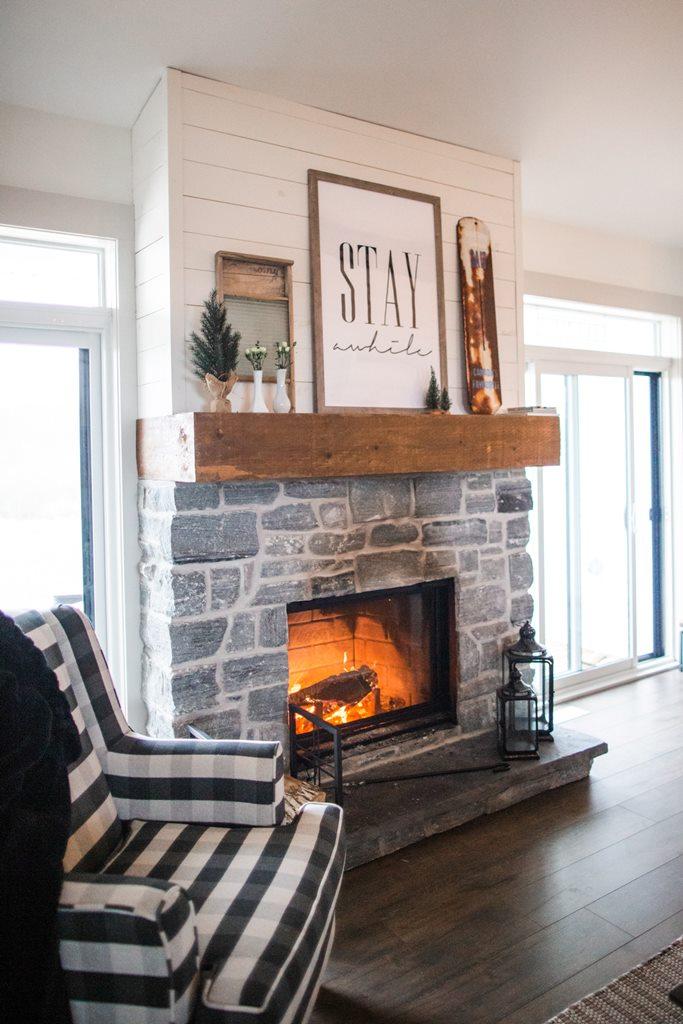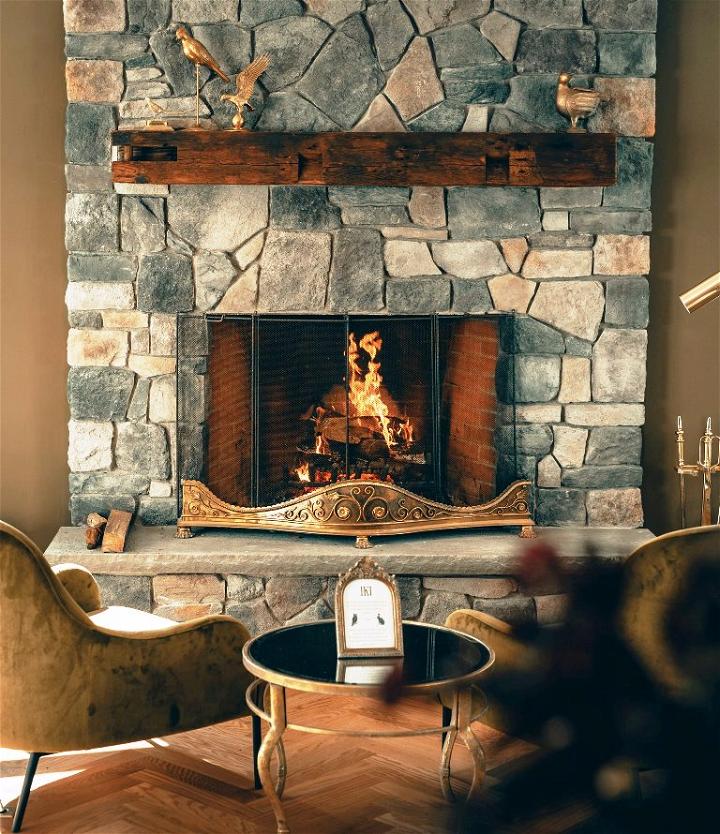While summer months call for the AC to be turned up high, things are quite different once the colder times of the year approaches. While heaters are convenient appliances to have around, they tend to take a significant amount of electricity. A great alternative is a brick fireplace, right in the living room.
An indoor fireplace can help to add warmth to a cold room, but it can also pose a danger. Dirty fireplaces are considered fire hazards, which can result in damage to the surrounding structures in your living room. In this post, you’ll learn more about the steps you need to take to keep a brick fireplace clean, which also reduces fire hazards in your home.

Empty Out Your Fireplace
Before you can start the cleaning process, you first need to clear out any wood, ash, or other objects that are located in the fireplace. If you have been using the fireplace recently, then it is important to give it time to cool off properly. Once cool, start by removing all of the objects that are still inside.
At this point, you also need to get rid of any soot that has accumulated on the walls. You will need to use an appropriate brush to loosen the soot from the walls and floor of the fireplace. A good idea here is to use a brush attachment on your vacuum cleaner. This allows the vacuum to suck up the soot while the brush loosens the debris from the wall. A vacuum cleaner will also help to clear out any dust in the area without causing your entire family to experience allergy symptoms.
Collect Your Cleaning Supplies
There are a few items that you will need to effectively clean a brick fireplace. It is a good idea to ensure you have all of these supplies ready before you proceed to the next step. A spray bottle is one of your essentials, along with some white vinegar. Get a few cloths as well. There are certain cleaning solutions that you can also use. This can be useful in cases where you haven’t cleaned your fireplace in some time, which causes a thicker layer of debris and soot on the walls – oftentimes left behind even after using a vacuum that has a brush attachment on.
If there is a significant amount of staining on the bricks, then you can consider using dish soap or even some ammonia. For those looking at a more natural cleaning solution, combine the vinegar with baking soda and water.
Watering The Fireplace
Prior to cleaning the structure, it is important to get all of the bricks inside the fireplace wet. You can use the spray bottle you collected earlier at this stage. When the bricks are wet, it becomes significantly easier to actually clean the interior of the fireplace. If you are using a bucket to wet the bricks, it’s a good idea to add a waterproof cloth to the front region of the fireplace. This way, you won’t end up with a mess to clean up in front of the structure following this process. Remember that there is no need to soak the bricks in water. As long as all of the bricks are wet, you are ready to move on to the next step.
Scrubbing The Fireplace
Now that the fireplace is wet and you’ve decided on an appropriate cleaning detergent, it is time to start the process. You will need some kind of item that will allow you to scrub the interior of the fireplace. In addition to a scrubbing brush, get yourself a sponge too. You should use the sponge to apply the cleaning solution to all of the bricks in the fireplace.

Once applied, you can start using the scrubbing brush. It is important that you start at the top and then work your way to the bottom. If you start at the bottom, debris that you clean off at the upper areas of the fireplace will pour down to the regions that you have already cleaned.
Rinsing Off
After thoroughly cleaning the fireplace with the solution you have prepared, the next step is to properly rinse the bricks off. You’ll need to get a bucket and a sponge for this step. Use clean water without any type of cleaning detergents added. This combination can be used to remove any debris left behind by the soap solution you used to clean the fireplace. Make sure to keep an eye on the bucket of water. As you soak up the remaining water and cleaning detergent from the fireplace, you need to constantly rinse off the sponge in the bucket. When the water gets either soapy or seems to become dirty, you need to throw it out and add clean water to the bucket again.
Assess The Situation
You’ve completed a basic cleaning process. At this time, you need to wait for the fireplace to dry off and then take a closer look at the interior. See if you got all of the spots. Sometimes, spot cleaning with a paste that consists of baking soda and water can do wonders when there are only small areas that you missed. If you find that the cleaning process was ineffective, however, then the solution you used might have been too weak. In such a scenario, you may need to repeat the entire process. This time, however, consider using a more powerful solution to help you get rid of tougher stains and debris that accumulated on the bricks in the fireplace. A solution of borax and salt can be an effective option, and it can even help to prevent the accumulation of creosote in the fireplace.
Conclusion
A brick fireplace is a perfect way of adding a warm and inviting feel to a living room during the winter months, but only when it is kept clean. Failure to properly clean the fireplace can result in fire hazards, excessive smoke, and reduce the overall efficiency of the structure. Simply follow the step-by-step guide we shared to help you keep your fireplace clean and ensure it remains effective throughout the entire winter.




